The African Butterfly Cichlid - Anomalochromis thomasi, is a gem among freshwater tropical fish enthusiasts. With their vibrant colors, unique patterns, and fascinating behaviors, these cichlids can be the centerpiece of any aquarium. In this guide, we’ll look into their natural water conditions, the best way to set up your aquarium for them, and detailed breeding tips. Let’s make this journey fun and informative!
Natural Water Conditions of Anomalochromis thomasi
Hailing from the slow-moving rivers and streams of West Africa, particularly Sierra Leone and Liberia, the African Butterfly Cichlid thrives in specific water conditions that mimic their natural habitat. Here’s what you need to know:
- Water Temperature: Maintain a temperature between 24°C to 28°C (75°F to 82°F). Stability is key, as fluctuating temperatures can stress the fish.
- pH Level: Aim for a pH range of 6.0 to 7.5. These cichlids prefer slightly acidic to neutral water.
- Water Hardness: Soft to moderately hard water, with a general hardness (GH) of 5-15 dGH, is ideal.
- Water Flow: They prefer slow-moving water, so ensure your aquarium has gentle water flow.

Setting Up Your Aquarium for African Butterfly Cichlid
Creating a comfortable and naturalistic environment for your Anomalochromis thomasi is crucial for their well-being. Here’s how to set up the perfect tank:
- Tank Size: A minimum of 110 liters (30 gallons) is recommended for a pair of African Butterfly Cichlids. They appreciate space to swim and explore.
- Aquarium Footprint: An minimum tank footprint would be 90 cm x 30 cm (36 in x 12 in). This provides ample swimming space and surface area.
- Substrate: Use a sandy or fine gravel substrate. These cichlids like to sift through the substrate, mimicking their natural behavior.
- Aquascaping: Incorporate plenty of hiding spots using rocks, driftwood, and caves. This setup not only provides shelter but also helps establish territories.
- Plants: Live plants like Java Fern, Anubias, and Amazon Sword can enhance the aesthetics and offer additional hiding spots. Ensure the plants are securely anchored.
- Filtration: Use a reliable filter that provides gentle water movement. A canister filter or sponge filter works well.
- Lighting: Moderate lighting is sufficient. Too much light can stress the fish and encourage excessive algae growth.
Feeding Your African Butterfly Cichlid
A balanced diet is essential for the health and vibrant colors of your Anomalochromis thomasi. They are omnivorous, so offer a variety of foods:
- Staple Diet: High-quality cichlid pellets or flakes should form the base of their diet.
- Live/Frozen Foods: Supplement with live or frozen foods like brine shrimp, bloodworms, and daphnia.
- Vegetables: Occasionally offer blanched vegetables like spinach or zucchini.
Breeding African Butterfly Cichlids: A Detailed Guide
Breeding Anomalochromis thomasi can be a rewarding experience. With the right conditions and a bit of patience, you can witness their fascinating breeding behaviors.
- Pair Formation: Start with a group of young cichlids and allow them to form pairs naturally. Once a pair is established, move them to a breeding tank.
- Breeding Tank Setup: Use a 75-liter (20-gallon) tank with similar water conditions as their main tank. Provide plenty of hiding spots and flat surfaces for egg laying.
- Conditioning the Pair: Feed the pair a diet rich in live and frozen foods to encourage breeding.
- Spawning: The female will lay eggs on a flat surface, such as a rock or piece of driftwood. The male will then fertilize the eggs.
- Parental Care: Both parents will guard and fan the eggs, ensuring they are well-oxygenated. The eggs typically hatch within 3-4 days.
- Fry Care: Once the fry are free-swimming, you can feed them infusoria or commercially prepared fry food. Gradually introduce baby brine shrimp as they grow.
Potential Tank Mates for African Butterfly Cichlids
African Butterfly Cichlids are relatively peaceful and can coexist with a variety of other fish species. Here are some suitable tank mates:
- Tetras: Species like Neon Tetras, Lemon Tetras, and Rummy Nose Tetras are good options due to their peaceful nature.
- Corydoras Catfish: These bottom-dwellers are non-aggressive and help keep the tank clean.
- Dwarf Gouramis: Their calm demeanor makes them compatible with African Butterfly Cichlids.
- Rasboras: Harlequin Rasboras and other small rasbora species can add activity and color to the tank.
Fun Facts and Tips
- Social Behavior: African Butterfly Cichlids are relatively peaceful compared to other cichlids. They can be kept with other small, non-aggressive fish.
- Color Variations: Their colors can change based on mood, breeding condition, and environment. A healthy, stress-free cichlid will display vibrant hues.
- Interactive Pets: These cichlids recognize their owners and may even eat from your hand!
Conclusion
Anomalochromis thomasi, the African Butterfly Cichlid, is a captivating addition to any freshwater aquarium. With the right care, environment, and a bit of effort, you can enjoy their beauty and unique behaviors. Whether you’re a seasoned aquarist or a beginner, these cichlids are sure to bring joy and excitement to your aquatic world. Dive into the world of African Butterfly Cichlids and create a thriving, colorful aquarium that you and your fish will love!
This comprehensive guide should help you keep your African Butterfly Cichlids happy and healthy. Don’t forget to share your experiences and tips in the comments below. Happy fishkeeping!

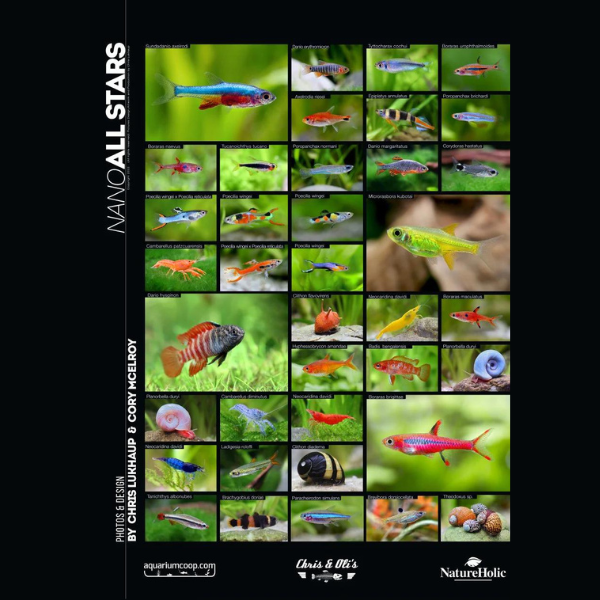
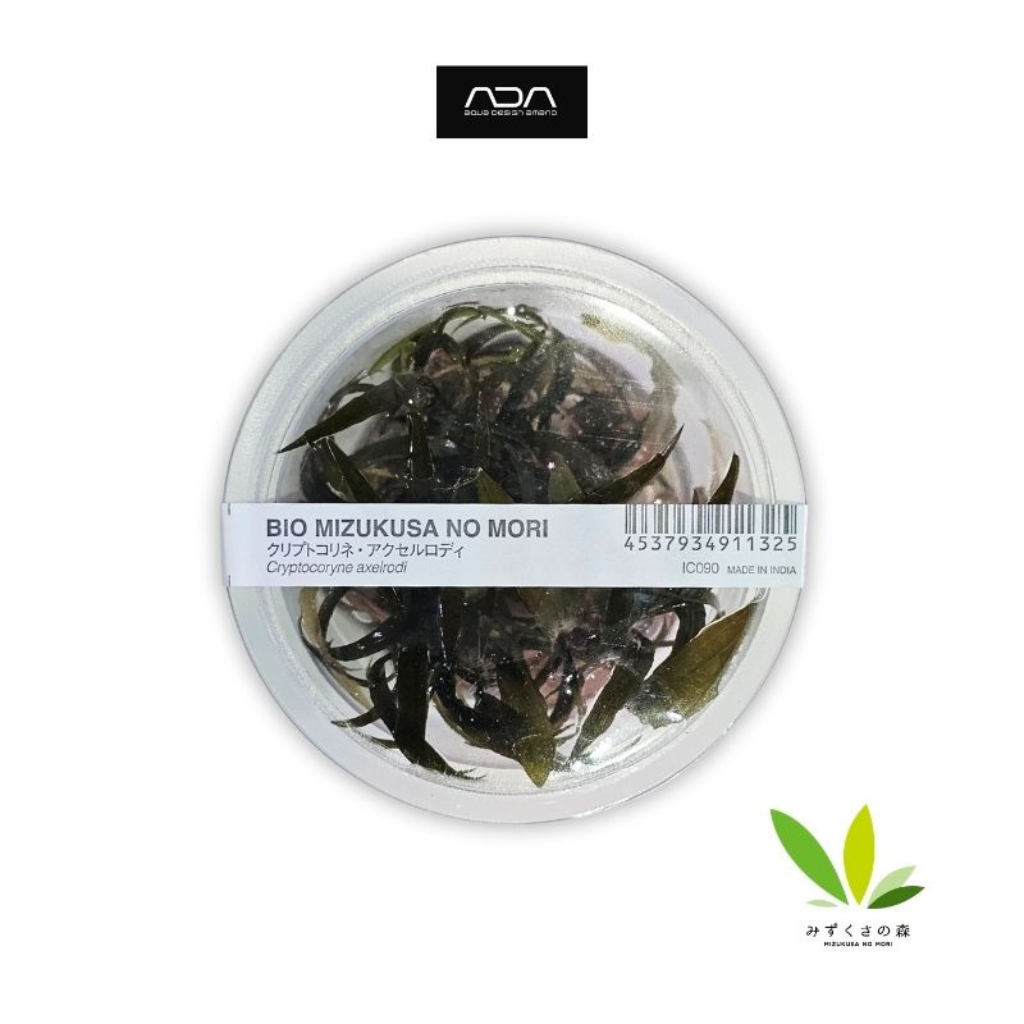
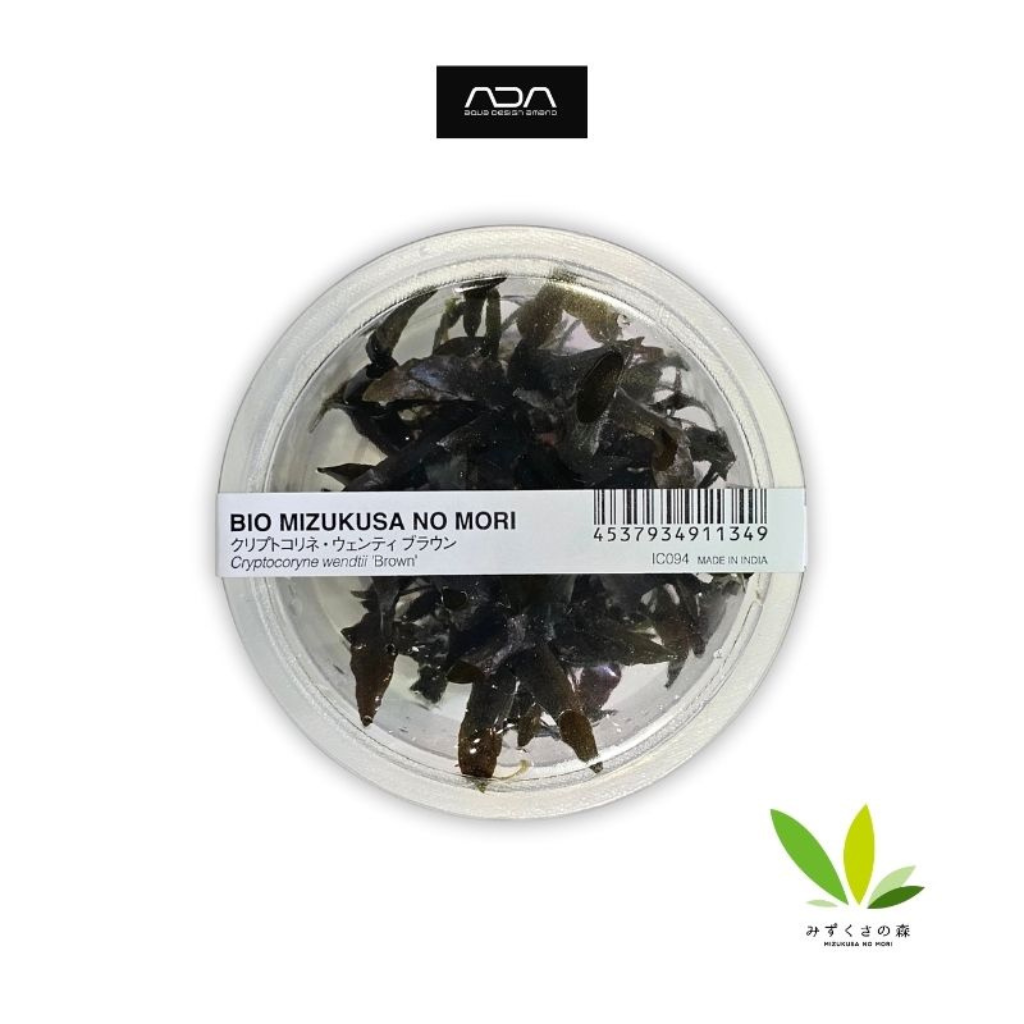
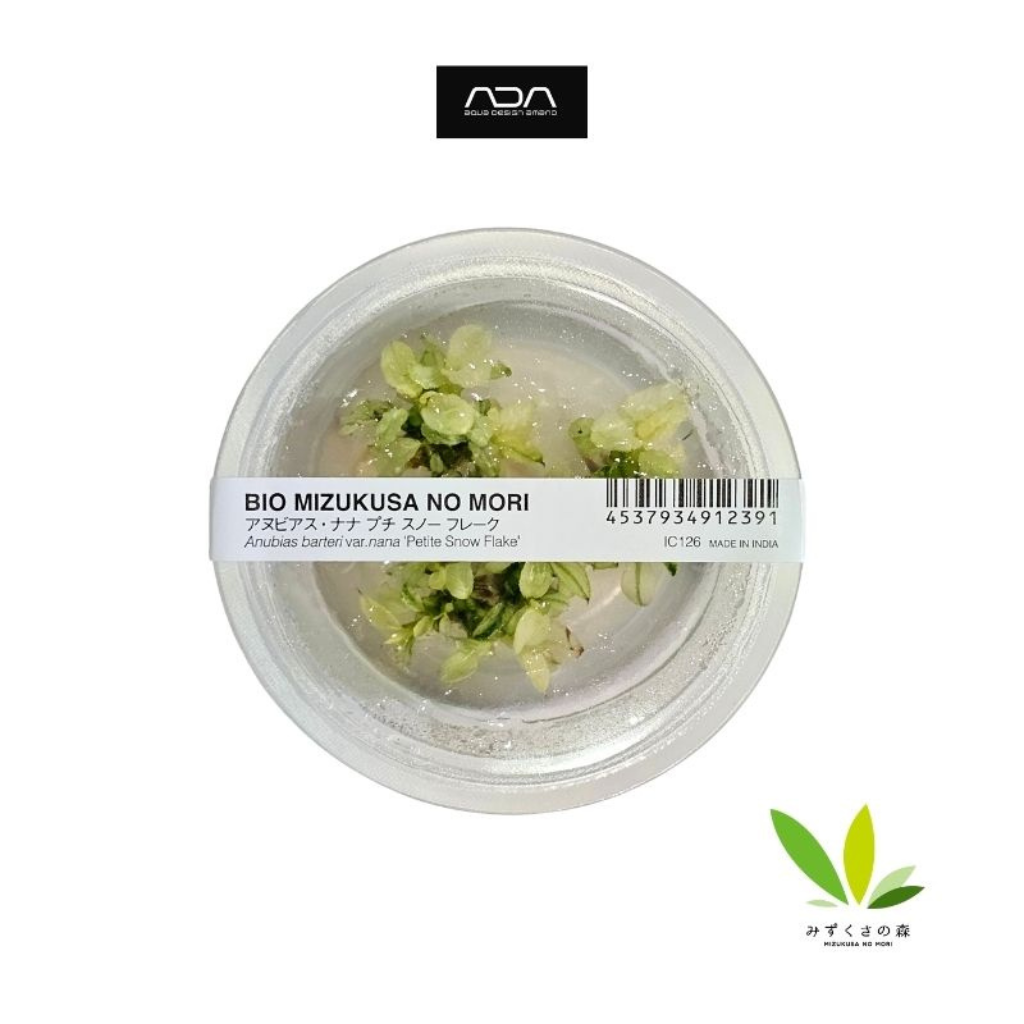

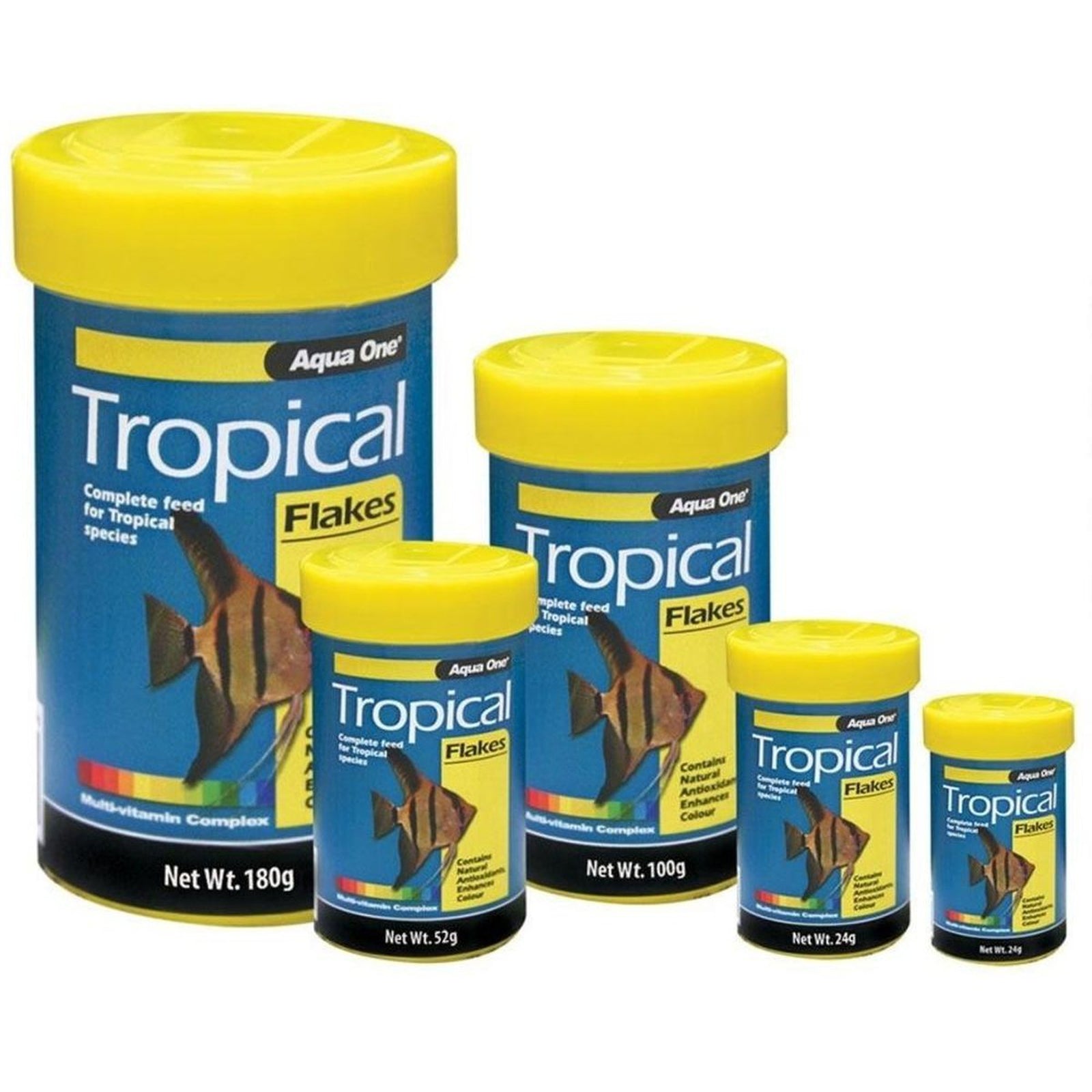
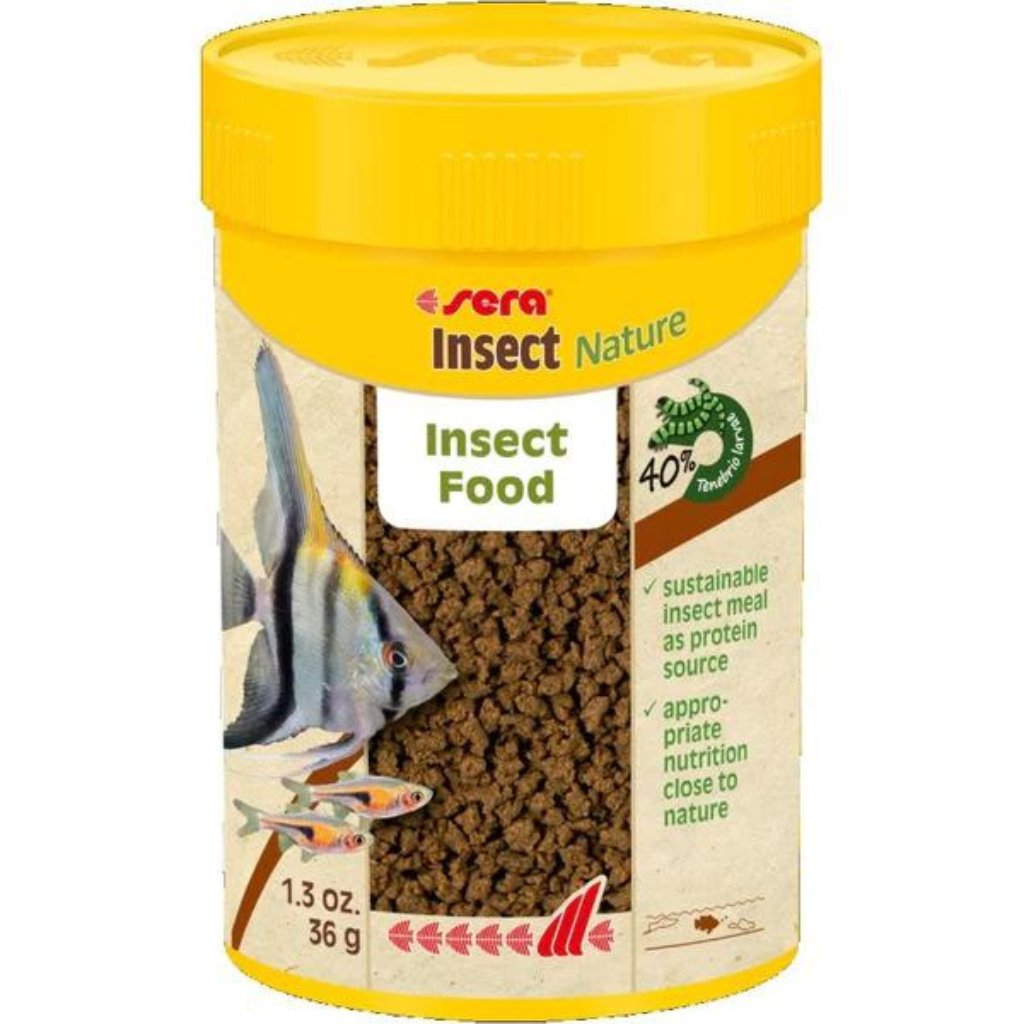






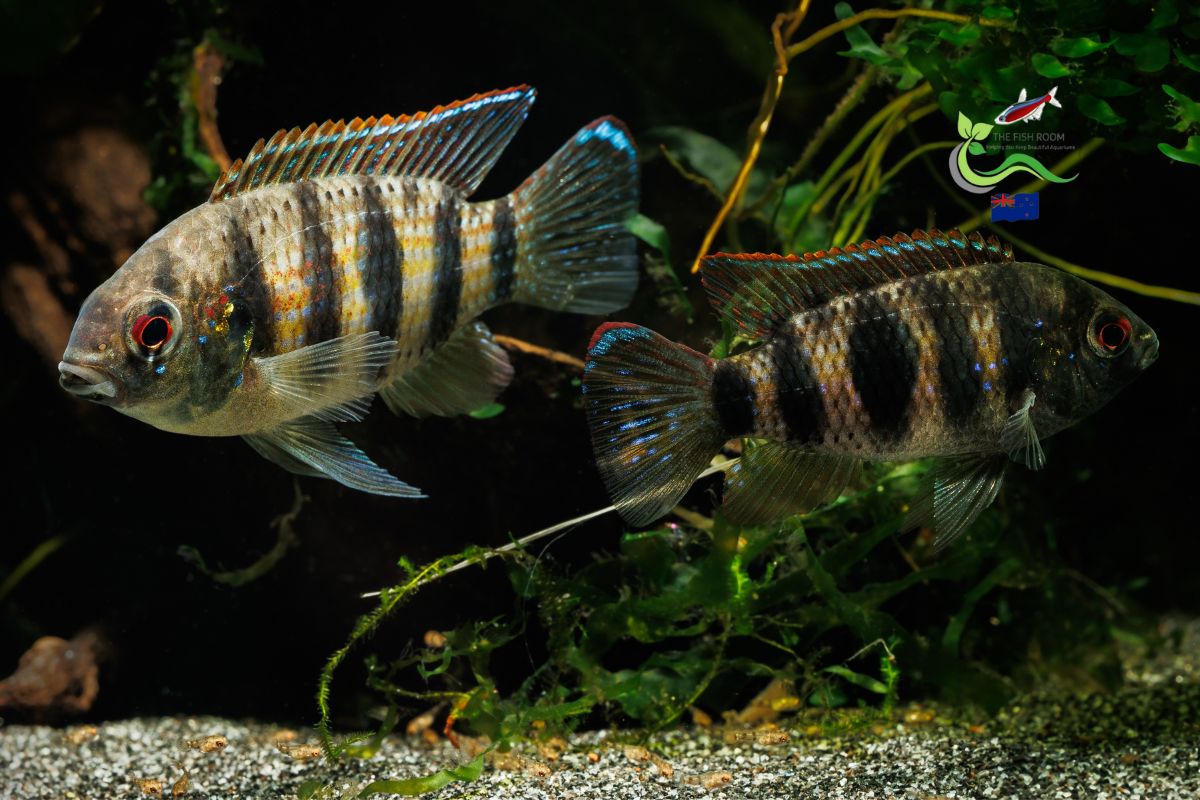
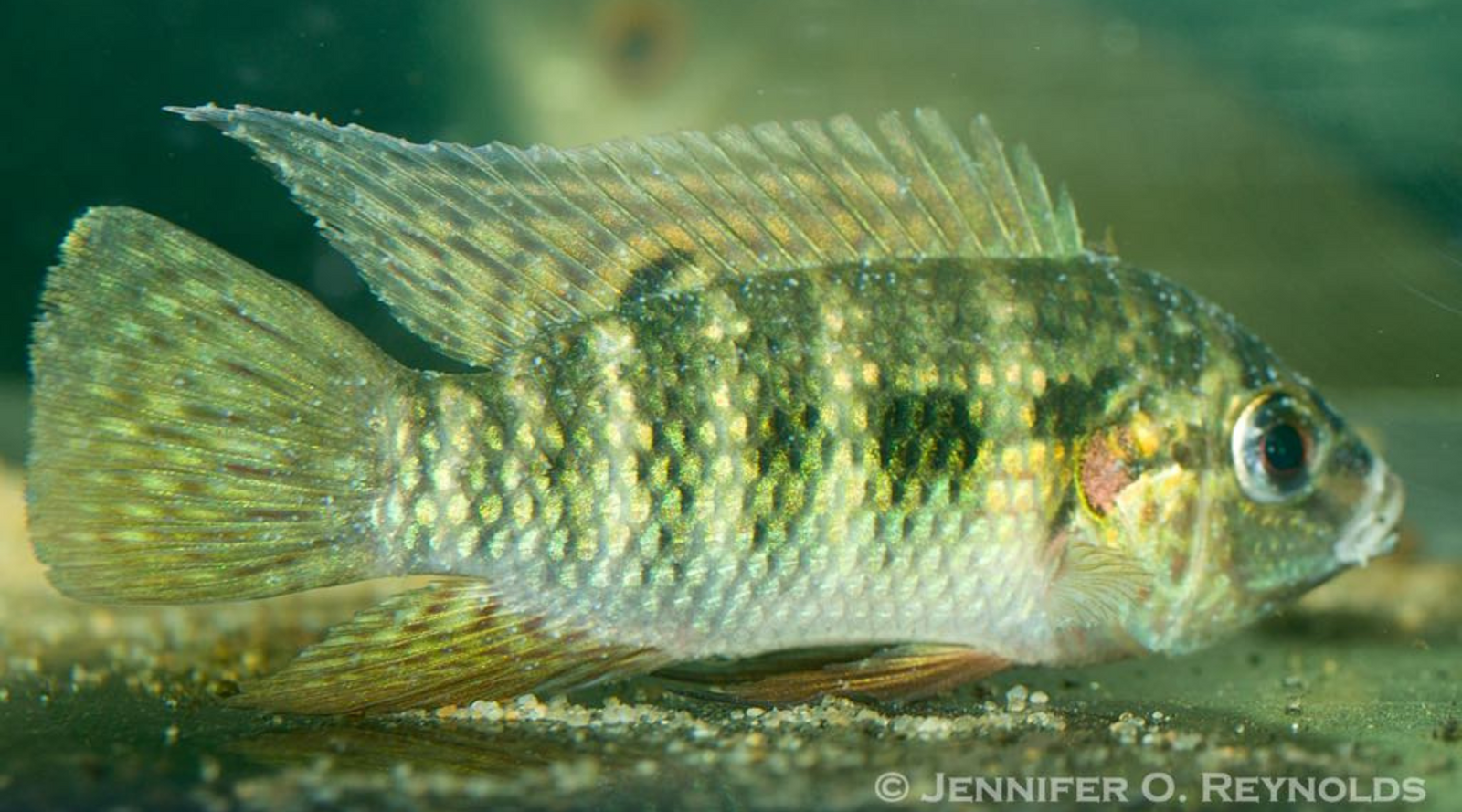
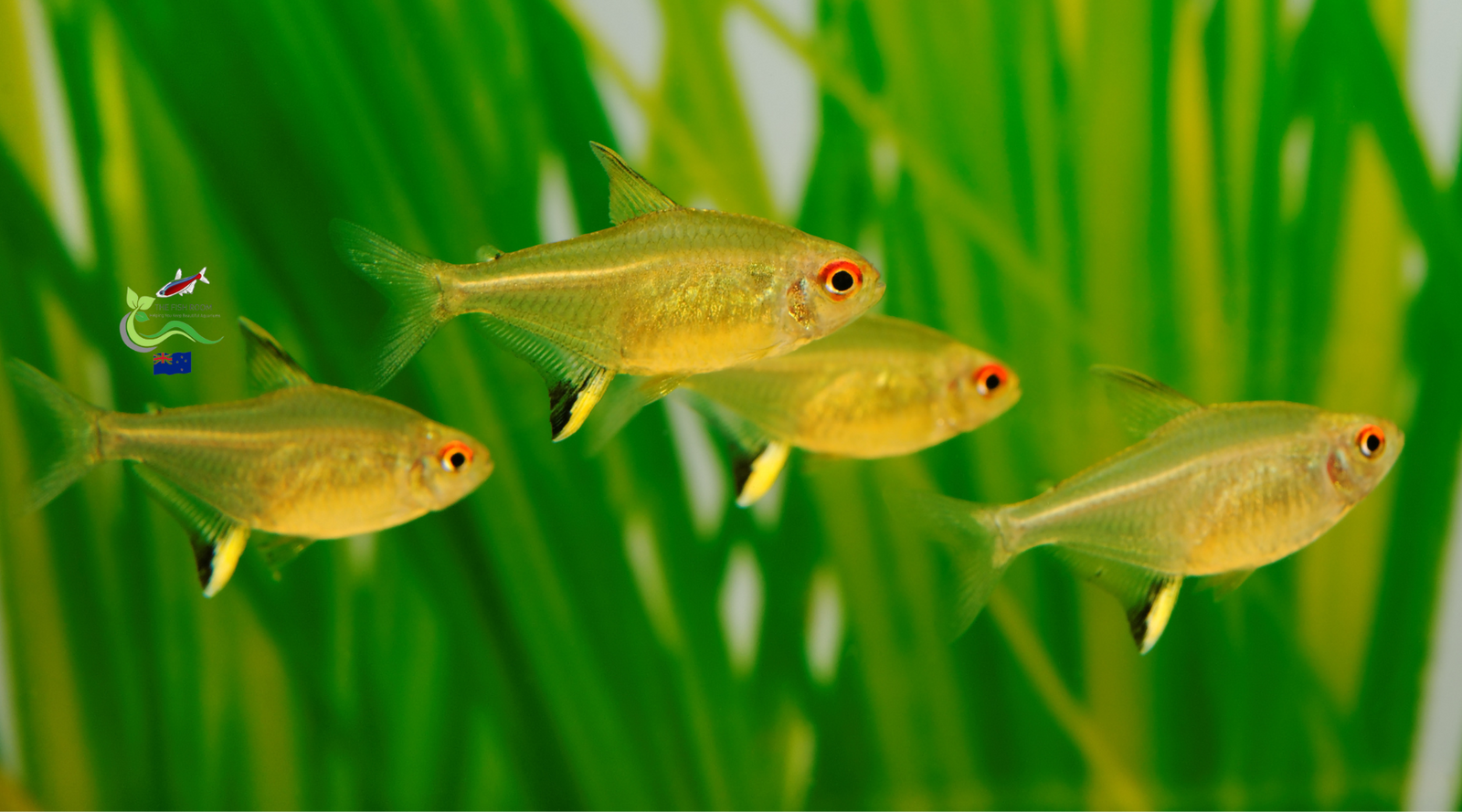
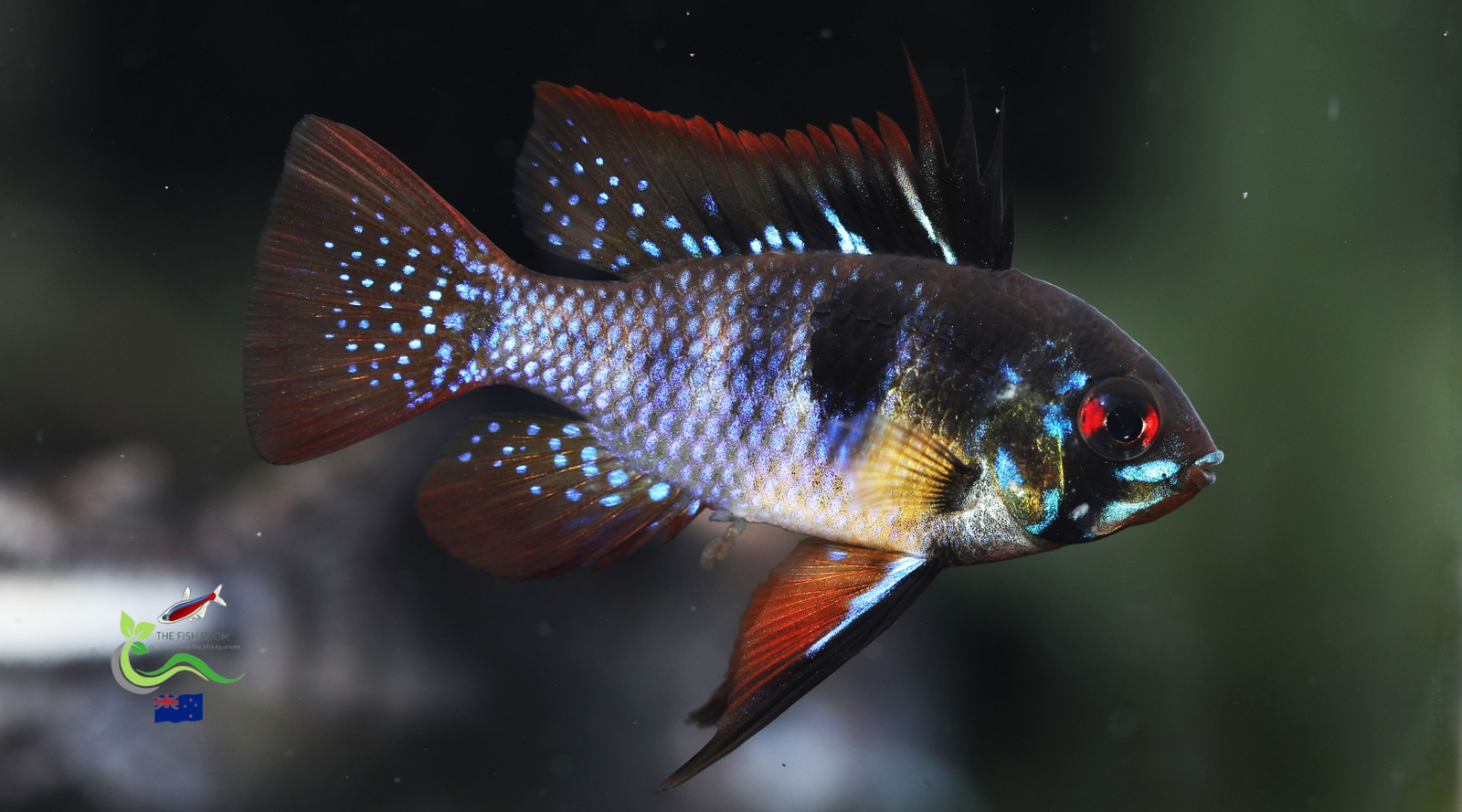
Teamblue
April 21, 2025
I’m a kamala Harris voter🟦 my fish are partisan. I have faaarleft pet 3spot blue gourami a male named [KINGBLUE🔵👑] a female 3spot blue gourami named (princessblue🔷️💙) 2 blackskirt tetras a diamond tetra and 1 single grumpy republican🚩 male firemouth cichlid named {professor Orbon} he will be forever single😊. My fish are partisan cause it means breeding partisan where a pair of favored fish bred and the single republican fish doesn’t . I’m sooo happy 😊